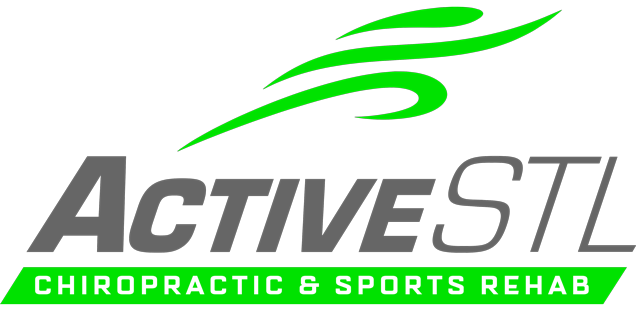Knowing the difference matters!
When it comes to feeling good and moving well, many people talk about “mobility” vs “flexibility” as if they’re the same thing.
However, these two concepts are quite different, and understanding the distinction can make a big difference in how you take care of your body.
Let’s dive into what mobility and flexibility really mean, how they’re connected, and why both are important for your health.
What is Flexibility?
Flexibility is your muscles’ ability to stretch. For example, when you bend over to touch your toes, your hamstrings (the muscles on the back of your thighs) need to lengthen. Flexibility is often what we think of when we see someone doing splits or deep stretches.
What is Mobility?
Mobility, on the other hand, is about how well your joints move through their full range of motion while staying stable. It’s not just about being able to stretch but also about being able to control that movement. For example, being able to squat deeply while keeping your balance is a sign of good mobility in your hips, knees, and ankles.
Why is Stability Important?
Stability is what keeps your joints steady and protected as they move. Without stability, you might be flexible but still prone to injuries because your body lacks control. Imagine a flexible dancer who can do the splits but twists their ankle easily because their joints aren’t stable.
Why Both Mobility and Flexibility Matter
- Flexibility without Mobility: If you’re flexible but lack mobility, your body won’t move efficiently, and you may struggle with control or balance.
- Mobility without Flexibility: If you have great control but your muscles are too tight, you’ll feel restricted in your movements.
To move well and stay injury-free, you need a balance of both.
The Joint-by-Joint Model
The joint-by-joint model is a theory that helps us understand how mobility and stability are distributed throughout the body. According to this model, each joint in the body alternates between needing more mobility or more stability:
- Ankles: Need mobility.
- Knees: Need stability.
- Hips: Need mobility.
- Lower Back: Needs stability.
- Thoracic Spine (Upper Back): Needs mobility.
- Shoulders: Need mobility.
If one joint isn’t doing its job, other joints compensate, which can lead to pain or injury.
For example, if your hips lack mobility, your lower back might try to move more than it should, leading to back pain.
How to Improve Mobility and Flexibility
- Stretching for Flexibility:
- Dynamic stretches (like leg swings) before workouts.
- Static stretches (like holding a hamstring stretch) after workouts.
- Strength and Stability for Mobility:
- Exercises like squats, lunges, and planks help strengthen the muscles around your joints for better control.
- Focus on the Joint-by-Joint Model:
- Pay attention to areas that need more mobility or stability. If your hips feel tight, prioritize hip mobility exercises.
How often should you work on Mobility, Flexibility, and Stability?
The frequency will depend on your individual needs, goals, lifestyle, and ability. These exercises can be incorporated into your routine multiple times a week or even daily.
- Mobility exercises can be performed daily. Mobility exercises keep your joints moving well and reduce stiffness. Regular practice ensures you maintain or improve your range of motion over time.
- Flexibility exercises should be incorporated 2-3 times per week or after every workout to assist with recovery. Stretching maintains muscle length, prevents imbalances, and supports overall movement. Static stretches after exercise are great for recovery, while dedicated flexibility sessions help with long-term gains.
- Stability exercises are usually performed 2-4 times per week. Stability exercises improve your ability to control movement and protect your joints, especially during daily activities or workouts. Strong, stable joints are less prone to injury.
Listen to Your Body
- If you feel stiff or tight, focus more on mobility and flexibility.
- If you notice instability or wobbliness during activities, prioritize stability exercises.
- Consistency is key—regular practice, even in small amounts, yields better results than occasional long sessions.
Closing Thoughts
Mobility vs flexibility…both important, but they serve different purposes. Flexibility allows your muscles to stretch, while mobility ensures your joints can move freely and with control.
Stability ties everything together by protecting your joints as you move. By understanding the difference and applying the joint-by-joint model, you can improve how your body moves and feels every day.
Whether you’re recovering from an injury, improving athletic performance, or just trying to move better, a combination of mobility, flexibility, and stability is the key to success.



